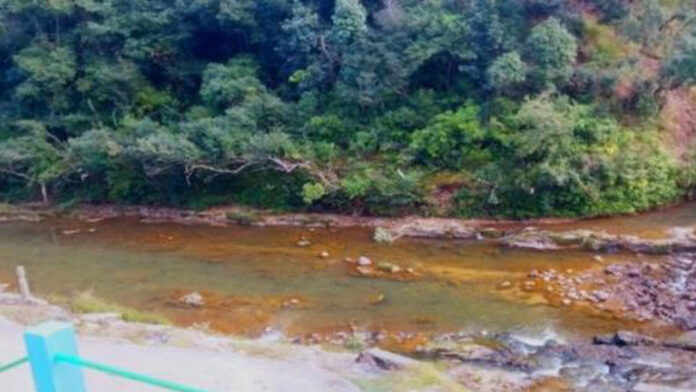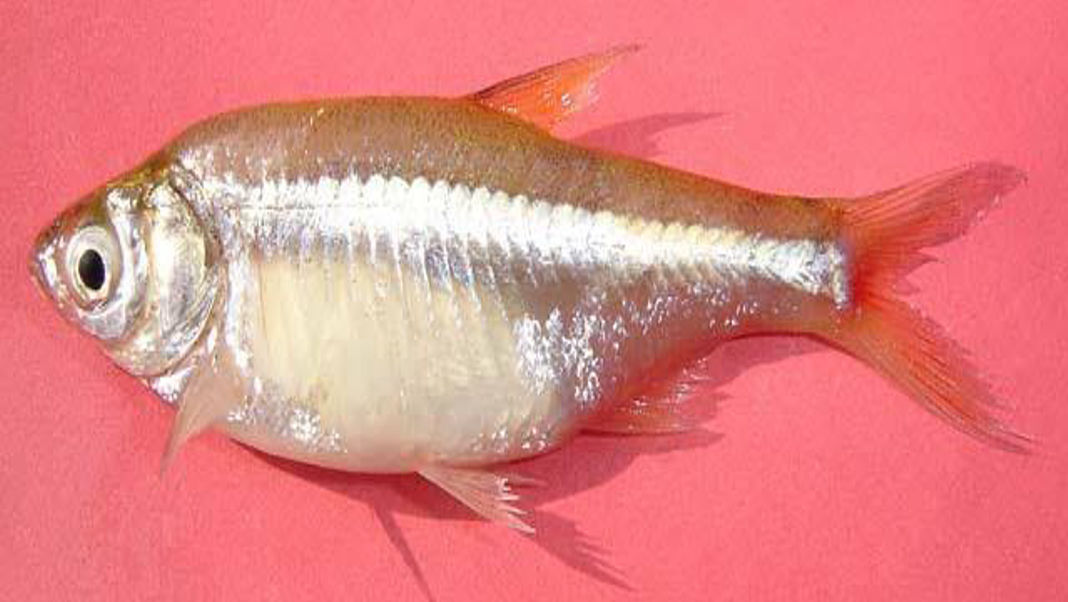Shillong, Oct 27: The coal and limestone rich Jaintia Hills is also known for its rich bio-diversity, a least explored subject in the region, thanks to the dominance of economic priorities. However, whenever explored, the region has a lot to offer.
A recent scientific assessment has unveiled a remarkable diversity of freshwater fish thriving in the Umiurem river near Shangpung in West Jaintia Hills — a region known for its pristine landscapes but rarely studied aquatic life.

The study identified 26 fish species across 10 families and four major orders, providing the first comprehensive documentation of ichthyofauna in this stretch of the river.
The findings by Dr Kangkan Jyoti Sarma, Assistant Professor, Division of Freshwater Faunal Biology, Department of Zoology, University of Science & Technology (USTM), were published in Volume I of the peer-reviewed edited book “Transdisciplinary Science: Mapping the Future of Research”.
The Cypriniformes, a group that includes carps and minnows, dominated the river ecosystem with 15 species, followed by Perciformes, Siluriformes, and Osteoglossiformes. Notably, one of the species recorded was classified as Endangered, while others fell into Vulnerable and Near Threatened categories, based on IUCN Red List assessments.
“The Umiurem river may not be large, but it supports a surprisingly rich and balanced fish community,” said Sarma. “This diversity indicates that the local ecosystem is still moderately healthy, but conservation attention is urgently needed.”
Using traditional fishing techniques — from bamboo traps to scoop nets — with the help of local fishermen, the research team observed that fish abundance was highest during the summer months, likely linked to breeding patterns and better water quality conditions. The study also applied the Shannon-Weiner Diversity Index, yielding a value of 1.839, which suggests a moderate level of biodiversity.
While most of the identified species are currently categorised as Least Concern, the documentation of threatened species highlights the ecological importance of smaller rivers like the Umiurem, which often remain outside the radar of conservation efforts.
Sitting at the junction of the Brahmaputra and Barak basins and within the Indo-Burma global biodiversity hotspot, Meghalaya hosts rich freshwater ichthyofauna across clear hill streams, karst cave systems, rivers, and reservoirs.
Recent studies have revealed that Meghalaya harbours more than 100 species of freshwater fish, representing over 27 families, with Cyprinidae — the carp and barbs family — emerging as the most dominant group. The findings reaffirm the state’s position as a biodiversity hotspot within the larger Indo-Burma region.
A multi-river study conducted across the Umngot, Umiam, and Kynshi rivers between 2023 and 2024 recorded 67 species belonging to 45 genera, with the Umngot River in West Jaintia Hills emerging as the most species-rich. The pristine, emerald-green waters of Umngot — a tourist favourite — were found to host a healthy assemblage of native hill-stream fishes, including barbs, loaches, danios, and mahseer.

However, the same study noted worrying signs in the Kynshi river, where coal and limestone mining and siltation have affected water quality and reduced fish diversity. “The contrast between Umngot’s clarity and Kynshi’s pollution is a wake-up call,” researchers observed, calling for stricter regulation of mining and catchment degradation.
One of Meghalaya’s most unique natural assets lies below ground — in its vast network of limestone caves. Ichthyologists have documented at least four species of cave-dwelling fish, including the astonishing Neolissochilus pnar, the world’s largest cave fish, found only in the Jaintia Hills. These troglobiotic species, adapted to total darkness and underground life, make Meghalaya a global centre for cave fish research.
New discoveries continue to add to the state’s ichthyological legacy. In 2024, scientists described Oreichthys warjaintia, a small but striking fish from West Jaintia Hills, named in honour of the War-Jaintia community. Its discovery underscores how much remains hidden in the state’s unexplored streams.




